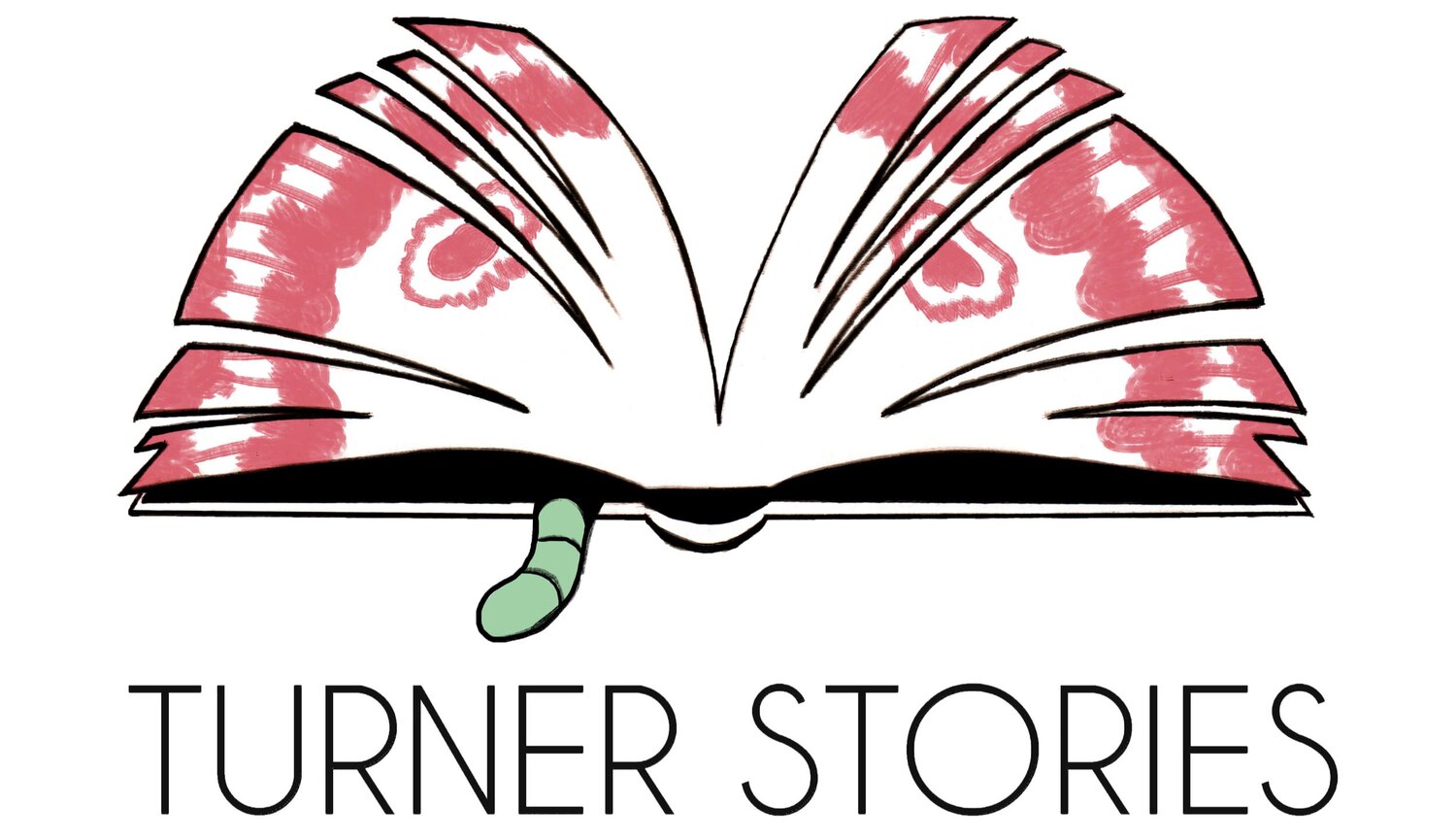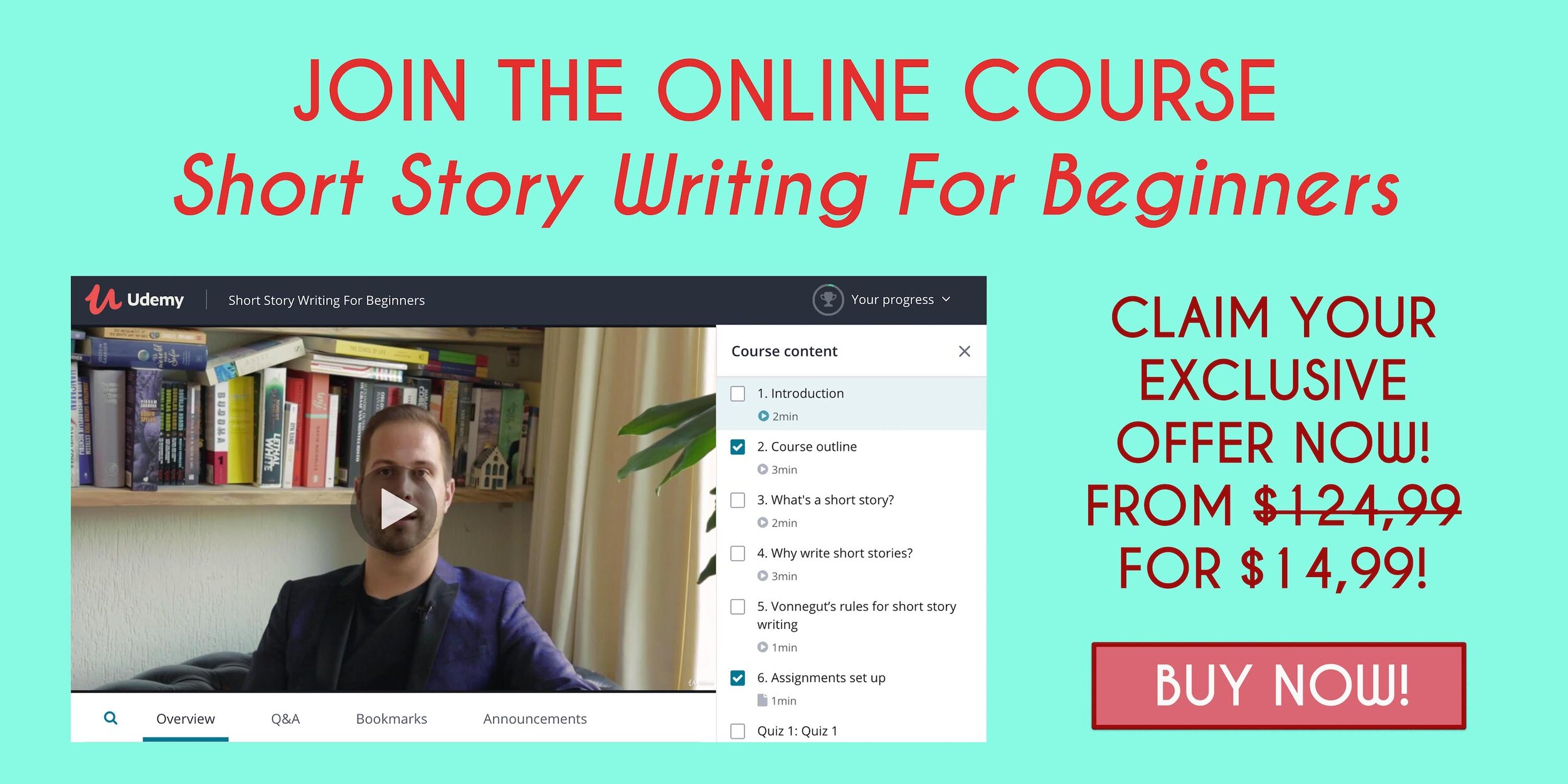How to Use the Iceberg Theory To Tell Compelling Stories
Show Just Enough and Use Action to Keep Your Story Engaging
Photo by Annie Spratt on Unsplash
“If a writer of prose knows enough of what he is writing about he may omit things that he knows and the reader, if the writer is writing truly enough, will have a feeling of those things as strongly as though the writer had stated them. The dignity of movement of an ice-berg is due to only one-eighth of it being above water. A writer who omits things because he does not know them only makes hollow places in his writing.” – Ernest Hemingway
Most of you probably have heard of this one, the Iceberg Theory. I was using this technique when I started out writing, without knowing what it was called. I first heard of the term in an online lecture by Brandon Sanderson. Originally, the technique has been coined by Ernest Hemingway.
So, what is this Iceberg Model used in writing? Icebergs exist both above and below sea-level. Imagine the iceberg to be your fictional world and all the elements in it. The top (above sea level) is the part you actually share in your story. That’s what you show your reader. The part below sea level (which is usually way bigger) is the rest of your fictional world.
For the sake of this article I’ll focus on Fantasy and Sci-Fi. The part below sea level can be background information, character sketches, history, complete magical systems, technological developments, governmental issues, etc. This is just for you to keep in the back of your mind or in a separate file while you tell your story.
The Iceberg Technique was invented by Hemingway because he wanted his stories to be engaging and immersive. As a writer you should know the entire story (the whole iceberg so to say). You show your reader what’s there on the surface.
How to use the iceberg technique
With the iceberg technique, you give the reader the impression that you know it all, that you have the whole iceberg there.
Let’s explore two examples.
The first example
Picture 1: too much of the top of the iceberg is shown. Made by yours truly.
With some novels, especially in Fantasy and Sci-Fi, authors tend to walk down the treacherous path of endless description. It’s not that it’s bad. It’s just that it’s a less immersive and engaging reading experience in my opinion.
To be honest, it’s hard to fault writers, favorite or not. The following examples are just minor issues I personally had with their books because the way they described their world or initiated the story was too descriptive.
‘The Name of the Wind series’ by Patrick Rothfuss starts with a 100-page world building and setting experience. It’s long, it’s tedious and there’s no action. It’s like he gave the reader a brief overview (the books are fist thick) of the iceberg that is his story before he flooded most of it and continued to show the top in the rest of the series.
Same with ‘The Lord of the Rings’ (oh, the blasphemy on my part). Tolkien can go on for pages describing a setting, especially if it has anything to do with nature. I had to plough through the long and descriptive passages. Oh, the pity.
Both The Lord of the Rings and The Name of the Wind belong to my favorite Fantasy novels still.
The worst for me was reading the first installment of ‘In Search of Lost Time’ by Marcel Proust. I gave up halfway. Holy cow, it’s beautifully written, but when does he ever finish a sentence? How long can you go on describing the scent of a tree? It’s just not for me.
When it comes to short stories and world building, learn to be concrete! Pull the reader out of the scene and stick to the story. Don’t digress. If a reader experiences a scene rather than having it explained to them, it will become more memorable.
New eBook
How to Write a Short Story. A complete guide for $3.99 on Amazon.
The second example
Picture 2: just enough of the top of the iceberg is shown. Made by yours truly.
J.K. Rowling invites the reader to her magical world of wizards and witches by creating a learning curve for her main character (Harry) and the reader.
With this technique, Rowling slowly makes the reader part of Harry’s world, through Harry’s own experiences and discoveries. Through action in plot, scenes and dialogue. She introduces the necessary information that’s required for that particular scene and flow of the story. Excellent. And great in terms of pacing.
People read fantasy and sci-fi because they want to be immersed in a new place. Your job is to convince the reader of that place.
Another way to subtly show the top of your iceberg is to make a character introduce you to the setting. I always prefer this over plain descriptions. The trouble with plain descriptions is that you quickly fall in the ‘telling’ trap and you’re not ‘showing’. You’ll bore your reader.
Have a character experience something unusual in your world, have them learn something new. Even better, use it in a dialogue between characters. Move the story forward, while you sneak in some exciting and unusual world building.
Rowling does this, but George R.R. Martin too. He created about 546 characters in order to help you understand the wonderful world of Westeros and beyond.
Brandon Sanderson does a great job in the ‘Mistborn’ series. Through the character of Vin, who is just discovering her powers, you learn more about the fantastical world she lives in through her and her co-stars.
The ways to help you keep an overview of your iceberg
I have pages and pages full of world building information for the Fantasy novel I’m working on. Notes on how the magical system works, politics, technology, society, the educational system, history, etc.
All of it I have in separate entries in the Scrivener file of my book. That way it’s easily accessible and I can quickly add more information when I think of something new. And it’s all in the same place!
Just imagine the length of information George R.R. Martin keeps.
A story that is moving forward through action, rather than endless description is your way to go. It keeps a story immersive and entertaining. Plus the reader will get more out of it since they need to use their imagination to fill in the blanks, to paint what the writer is keeping under the surface.
You can apply the Iceberg Technique to many different layers of storytelling. These are the most important in my opinion:
Plot. Plot moves forward through action. “Find out what each character cares most about in the world because then you will have discovered what’s at stake. Find a way to express this discovery in action, and then let your people set about finding or holding onto or defending whatever it is.” — Anne Lamott
World Building. What makes up a world? Look around you. There are so many elements to consider. However, you don’t need to use all of the elements to show off your inventive world. Only use the elements relevant to your story, plot, and the development of your characters.
Characters. If you describe the actions a character takes in his or her journey, you’ll learn a lot about what the character is about as a reader. If you do it in an accurate way, you can even display the emotions of a character by the actions they take. How they solve a problem for instance or how they hold up during an argument with another character. Ayn Rand is a masterclass writer when it comes to this. Especially in The Fountainhead. The character of Howard Roark might not represent an actual human being who you or I would know. But because of the determination in Rand’s writing and through using the character of Roark to display what she actually wants to say with the book, he becomes a very strong character.
When you are designing your fictional world, think about what information you keep to yourself (below sea level) and what part you share with your reader. The tip of the iceberg. Rule of thumb: the tip of the iceberg consists of world building elements relevant to your story.
Join my email list to keep in touch.
Please note: this post contains affiliate links.





